Retro Replay Review
Gameplay
Baten Kaitos: Eternal Wings and the Lost Ocean blends traditional turn-based combat with a unique card-based system known as the “Magnus” system. Every object you encounter—from trees and weapons to milk and coconuts—can be converted into a card, giving you an immense level of control over your party’s arsenal. This innovation keeps battles fresh, as your strategy hinges on the cards you choose to carry and play, rather than simply grinding or leveling up.
(HEY YOU!! We hope you enjoy! We try not to run ads. So basically, this is a very expensive hobby running this site. Please consider joining us for updates, forums, and more. Network w/ us to make some cash or friends while retro gaming, and you can win some free retro games for posting. Okay, carry on 👍)
Combat begins when your character sprite makes contact with a visible enemy on the field, instantly transitioning into a battle screen. Your party draws a hand of cards from your inventory, and you must plan your attack, defense, or healing moves based on the cards at hand. This requires forward-thinking and deck management, as the sequence and type of cards you play can drastically affect the flow of battle. The need to stock up on useful Magnus essences for crafting stronger cards adds a resource-management layer that appeals to players who enjoy strategic depth.
Outside of battles, the game incorporates a “Guardian Spirit” mechanic where Kalas, the protagonist, frequently asks for your advice on narrative decisions. Your answers shape his personality, influencing dialogue and even his combat style. This subtle branching path grants a sense of immersion and ownership over Kalas’s character, making each playthrough feel personal. The interaction isn’t intrusive but adds a role-playing dimension that feels unique among JRPGs of its era.
Exploration on the floating islands is straightforward yet rewarding. The richly detailed environments invite you to scour every nook for hidden Magnus essences and treasure. Puzzle-solving segments leverage your card collection, transforming simple exploration into mini inventory-management challenges. This synergy between exploration, combat, and card management creates a tightly woven gameplay loop that remains engaging from start to finish.
Graphics
Baten Kaitos presents a striking visual identity that combines pre-rendered backgrounds with fully 3D character models. The art direction leans heavily into fantastical, high-contrast palettes, giving each floating island a distinctive atmosphere. From lush jungles to moonlit ruins, the world design feels both cohesive and diverse, inviting players to linger and appreciate the scenery.
Character models are rendered with crisp textures and fluid animations, especially during the battle sequences where card effects come to life. Attack and spell cards trigger dynamic camera angles and particle effects, reinforcing the sense of power behind each move. The environmental animations—swaying trees, drifting clouds, and shimmering water—add a layer of polish that belies the hardware limitations of the original GameCube platform.
The cutscenes are among the game’s standout features. Fully voiced dialogue sequences are framed by sweeping camera pans and dramatic visual effects, elevating important story beats. Although the lip-syncing can be a bit rough compared to modern standards, the overall cinematic presentation remains impressive even years after its release.
One minor drawback is that some of the pre-rendered backgrounds can feel a bit static, limiting camera movement and exploration in certain areas. However, this is offset by the sheer artistry of the scene compositions. The visual storytelling—using color, light, and set dressing—helps immerse players in the game’s mythos, making every new island feel like a living, breathing world.
Story
The narrative of Baten Kaitos revolves around Kalas, a young man seeking justice for his grandfather’s and brother’s deaths. His journey begins with a quest for vengeance but soon expands into a grander struggle against an insidious conspiracy threatening the balance of the floating world. The premise of skyborne islands and the lost ocean sets a tone of wonder and mystery that permeates every chapter.
You meet a diverse cast of companions along the way, each with their own motivations and backstories. Xelha, a spirited girl committed to halting the growing malevolence in the world, provides a strong foil for Kalas’s brooding nature. As the party grows, the interplay among characters—unfolding through both scripted events and optional dialogues—adds emotional weight to the overarching plot.
The Guardian Spirit mechanic deepens the storytelling by making you an active participant in Kalas’s moral compass. The questions posed to you influence his demeanor and reaction to key events, making the narrative feel less like a railroaded script and more like a collaborative experience. These subtle choices don’t branch into wildly different story paths, but they enrich character development and increase replay value.
The pacing is generally well-balanced, mixing high-stakes drama with lighter, character-driven moments. However, occasional dungeon backtracking can slow momentum, and some players might find the dialogue-heavy sections a bit lengthy. Despite this, the story delivers satisfying twists and a memorable ending that ties together themes of redemption, trust, and the search for a lost world beneath the clouds.
Overall Experience
Baten Kaitos: Eternal Wings and the Lost Ocean offers a compelling blend of strategic gameplay, lush visuals, and an emotionally resonant story. The card-based Magnus system elevates traditional JRPG mechanics into something more thoughtful and customizable, ensuring that no two battles feel exactly the same. Even casual players will appreciate the accessibility of visible enemies and straightforward controls, while veterans will enjoy mastering the nuances of card synergy.
The audiovisual presentation is among the GameCube’s finest, with a sweeping orchestral score that complements the epic scope of your journey. Voice acting—even in its early 2000s style—is earnest and helps ground the fantastical setting. The combination of cinematic cutscenes and in-engine animations creates a cohesive narrative flow that keeps you invested through long play sessions.
While certain design elements—like occasional backtracking and static backgrounds—show their age, they are minor quibbles in an otherwise polished adventure. Exploration feels rewarding, the side content adds meaningful depth, and the story’s themes resonate long after the credits roll. Whether you’re a fan of traditional turn-based JRPGs or simply a lover of high-fantasy epics, Baten Kaitos stands out as a classic worth experiencing.
Ultimately, Baten Kaitos: Eternal Wings and the Lost Ocean delivers an unforgettable voyage across a sky-bound world. Its innovative systems, strong narrative hooks, and artistic vision combine to create a title that remains relevant—and delightful—more than two decades after its original release. For players seeking a unique and richly crafted RPG, this is a journey you won’t want to miss.
 Retro Replay Retro Replay gaming reviews, news, emulation, geek stuff and more!
Retro Replay Retro Replay gaming reviews, news, emulation, geek stuff and more!
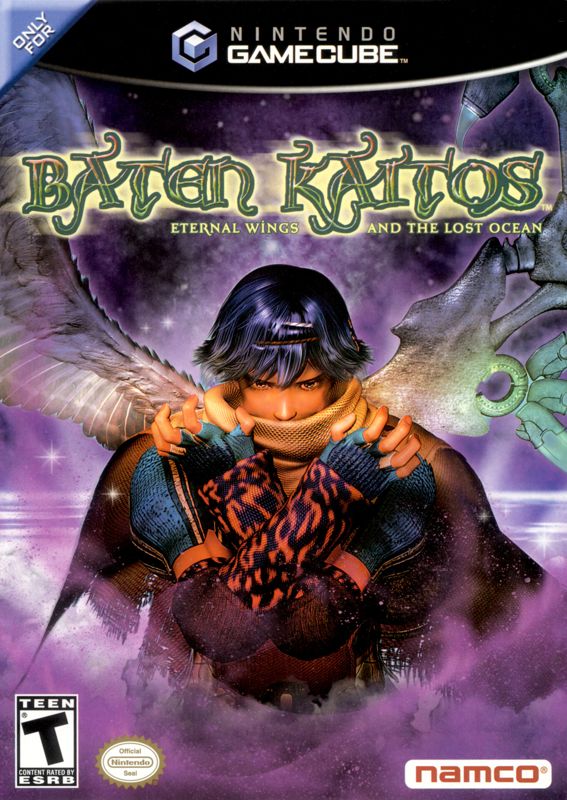
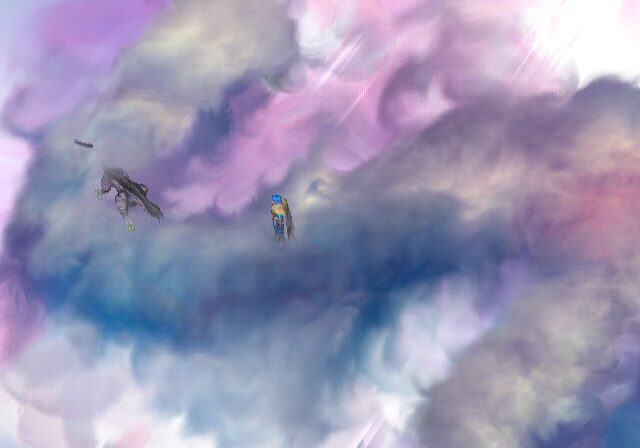
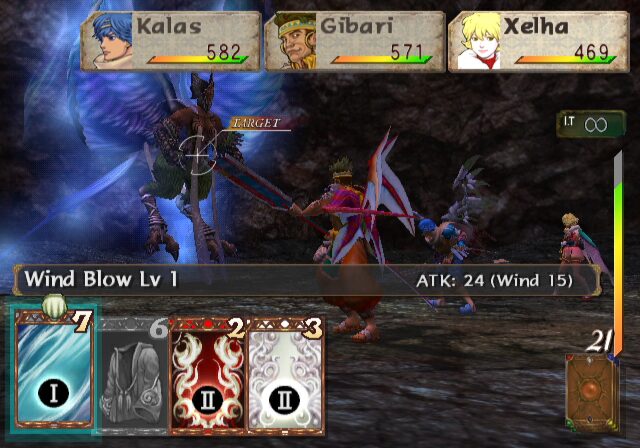
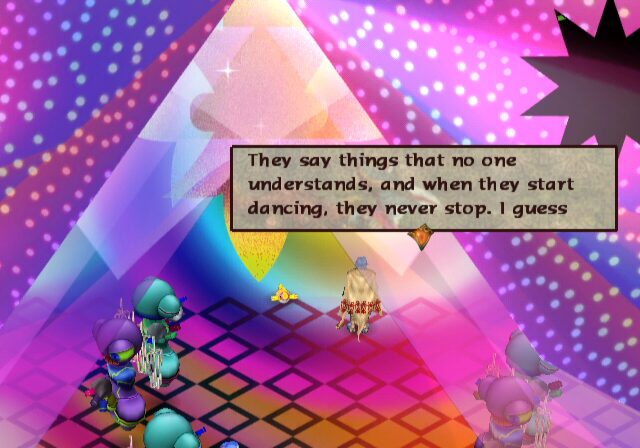

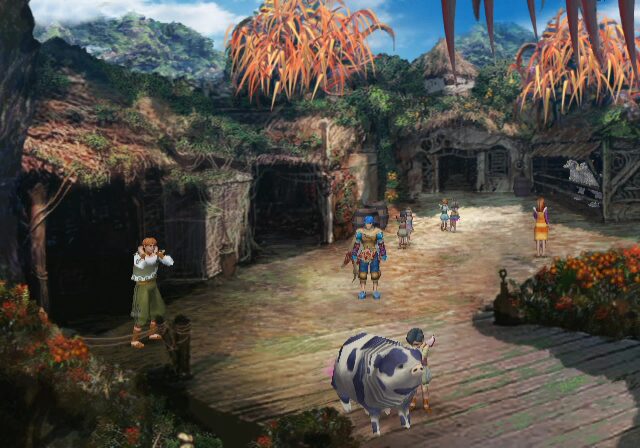



Reviews
There are no reviews yet.